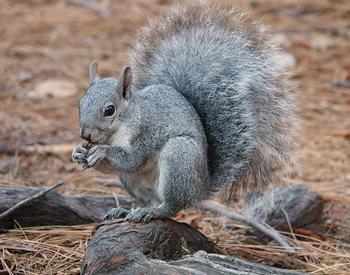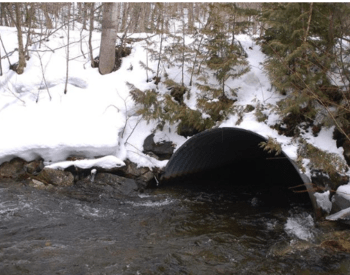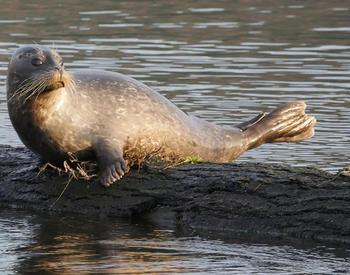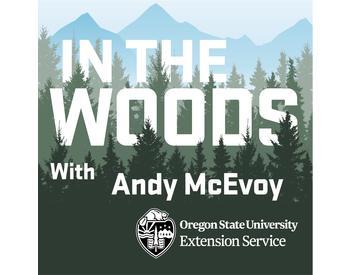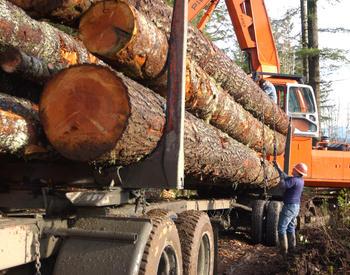Each year, spring brings an amazing transformation to our woodlands: Leaves magically emerge from bare deciduous twigs, colorful flowers open, fuzzy bees wiggle out of their burrows, songs ring as migrating birds return, and bright new conifer growth lights up branch tips. As long as you keep your rain gear and allergy medicine close, it’s a great time of year.
The energetic buzz of the season can be a great reminder for us to take a look at the busy nonhuman activity around us. Jon Wagner, Conservation Specialist with East Multnomah Soil & Water Conservation District, teaches classes on creating habitat for wildlife and beneficial insects.
Wagner explains it like this: Insects and animals will show up where there is suitable and accessible habitat that meets their basic needs. But in our modern world, suitable habitat can be hard to find! Growing human populations, land use changes, alteration of waterways, climate change, invasive species, chemicals and pollutants all spell trouble for most animals and insects.
So what can be done to support wildlife and beneficial insects in your yard or woodland? Design a plan specific to your site and the wildlife you would like to encourage. Turn your landscape into a naturescape, with a variety of native plant species and lots of places to hide, nest, rest, and feed.
In a local woodland, creating a naturescape might include:
- Enhancing riparian areas with sticks, logs, rocks and riparian shrubs.
- Setting up hibernacula, or shelters, such as brush piles, rocks and boulders, snags, and nurse logs.
- Maintaining a variety of types of habitat:
- Sunny, open areas with bare ground for native bees to burrow in.
- Shaded areas in the trees with a range of understory native plants.
- And everything in between!
- Think about the connections between habitats. Is there protection or cover from one area to another?
- Supplement with bat, bird and bee houses and bird feeders (away from cats!)
- Establish and maintain native plants. Why? Because these plants are adapted to local soil and climate conditions, making them easy to take care of, and they are best suited for the native birds, bugs and animals who depend on them.
Want to find out more about pollinators, building a hibernaculum and developing a wildlife plan? Check out Wagner's PowerPoint and notes.
If you have specific goals or questions about supporting particular species, such as monarch butterflies, you will find eager and knowledgeable support from your local Soil and Water Conservation District staff or from the foresters and Master Gardeners in our county OSU Extension offices.
From the Spring 2019 edition of Woodland Notes newsletter.




